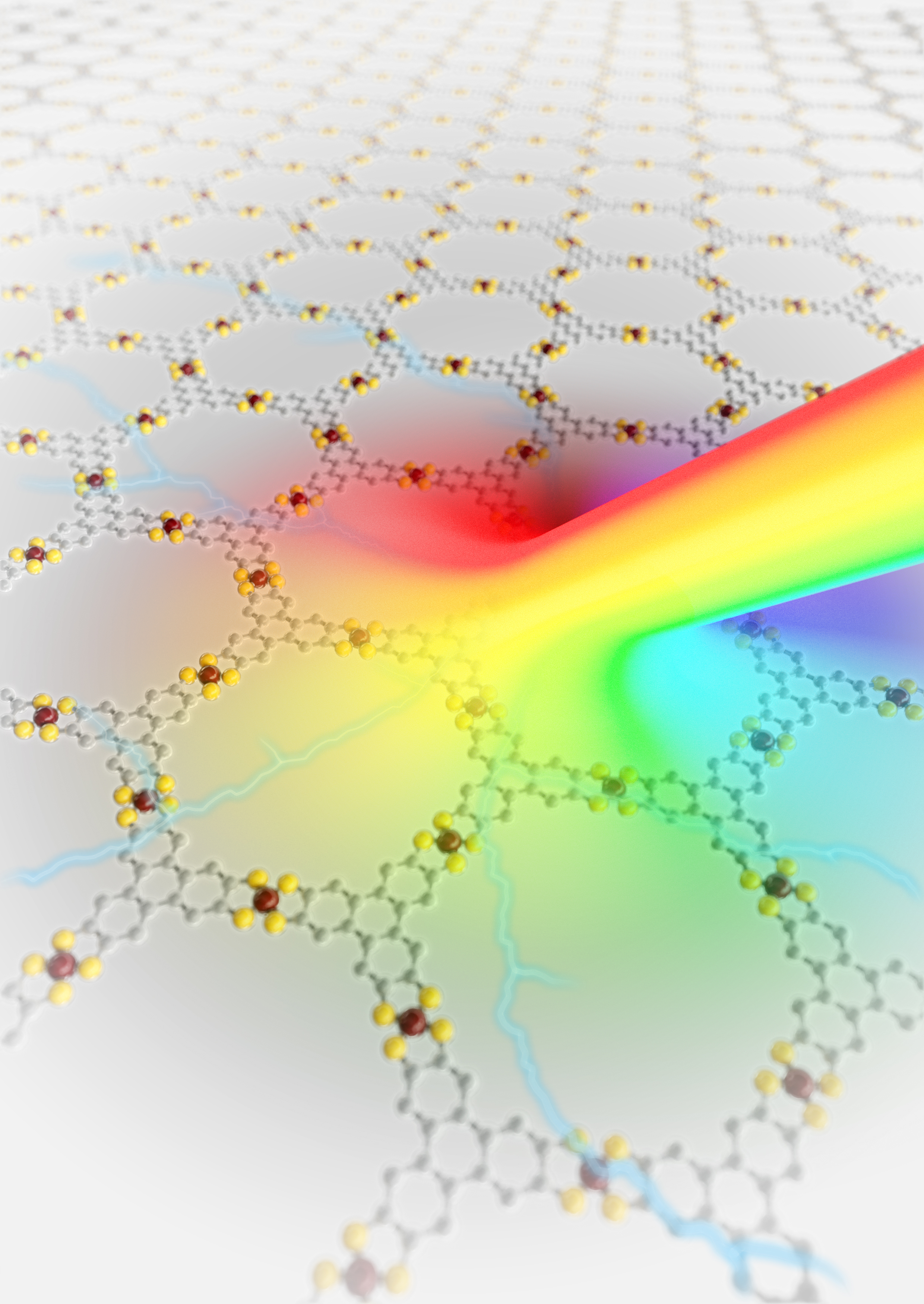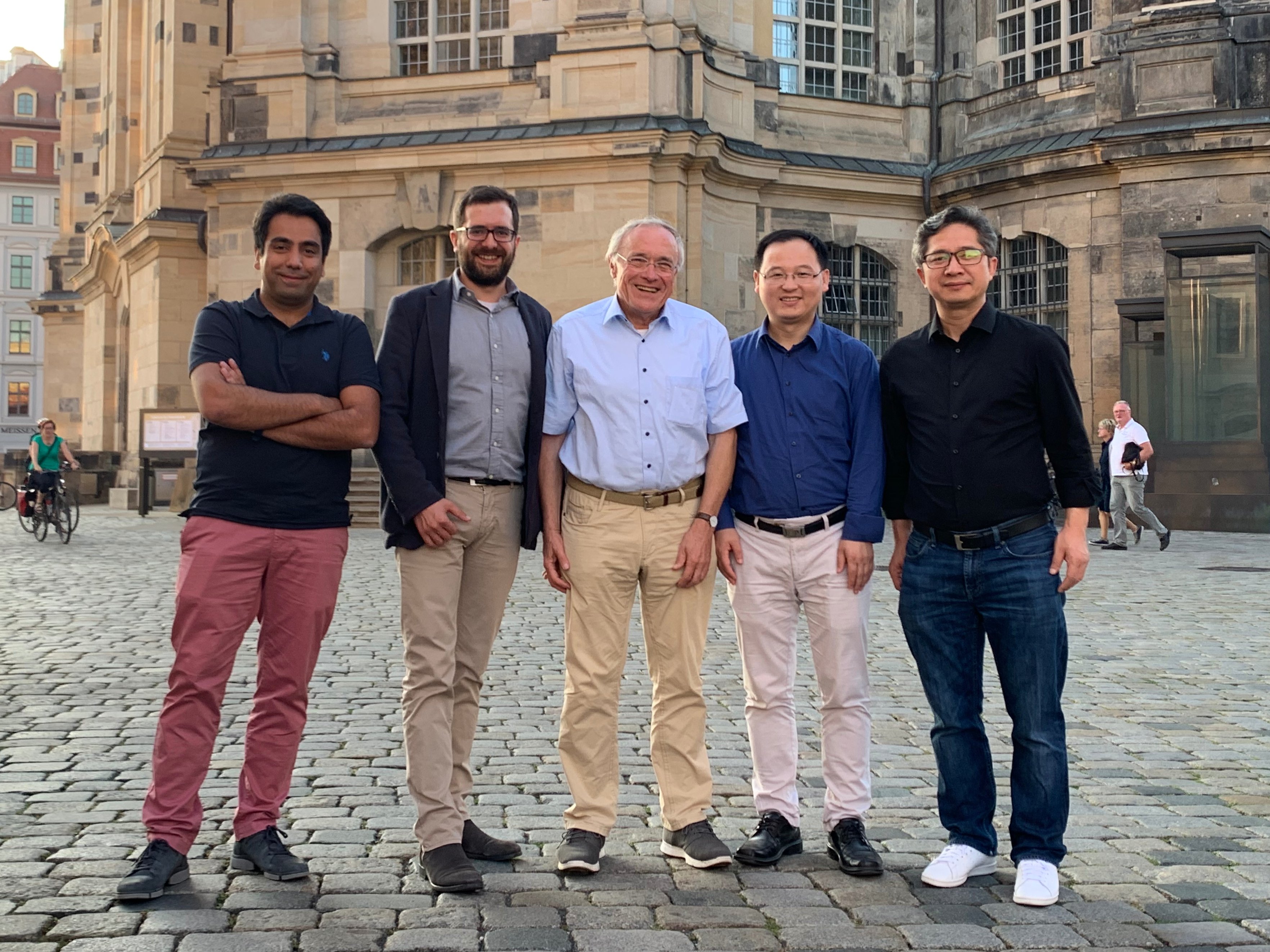Press Releases / Pressemitteilungen
Broad spectrum. Novel hybrid material proves an efficient photodetector
Press release from HZDR, 9 April, 2020
Published on in PRESS RELEASES

Read more … Broad spectrum. Novel hybrid material proves an efficient photodetector
Taicang High-Tech Park donates 10.000 Respiratory Protective Masks to TU Dresden
Published on in PRESS RELEASES

Read more … Taicang High-Tech Park donates 10.000 Respiratory Protective Masks to TU Dresden
On the trail of organic solar cells’ efficiency: Molecular vibrations reduce the maximum achievable photovoltage in organic solar cells
PRESS RELEASE from cfaed @ TU Dresden, March 20, 2020
Published on in PRESS RELEASES

World record in research on π-electron structures: Team succeeds in producing dodecacene for the first time
Published on in PRESS RELEASES

Hermetically sealed semi-conductors
New encapsulation technique protects electronic properties of sensitive materials
Published on in PRESS RELEASES

Page 12 of 31




